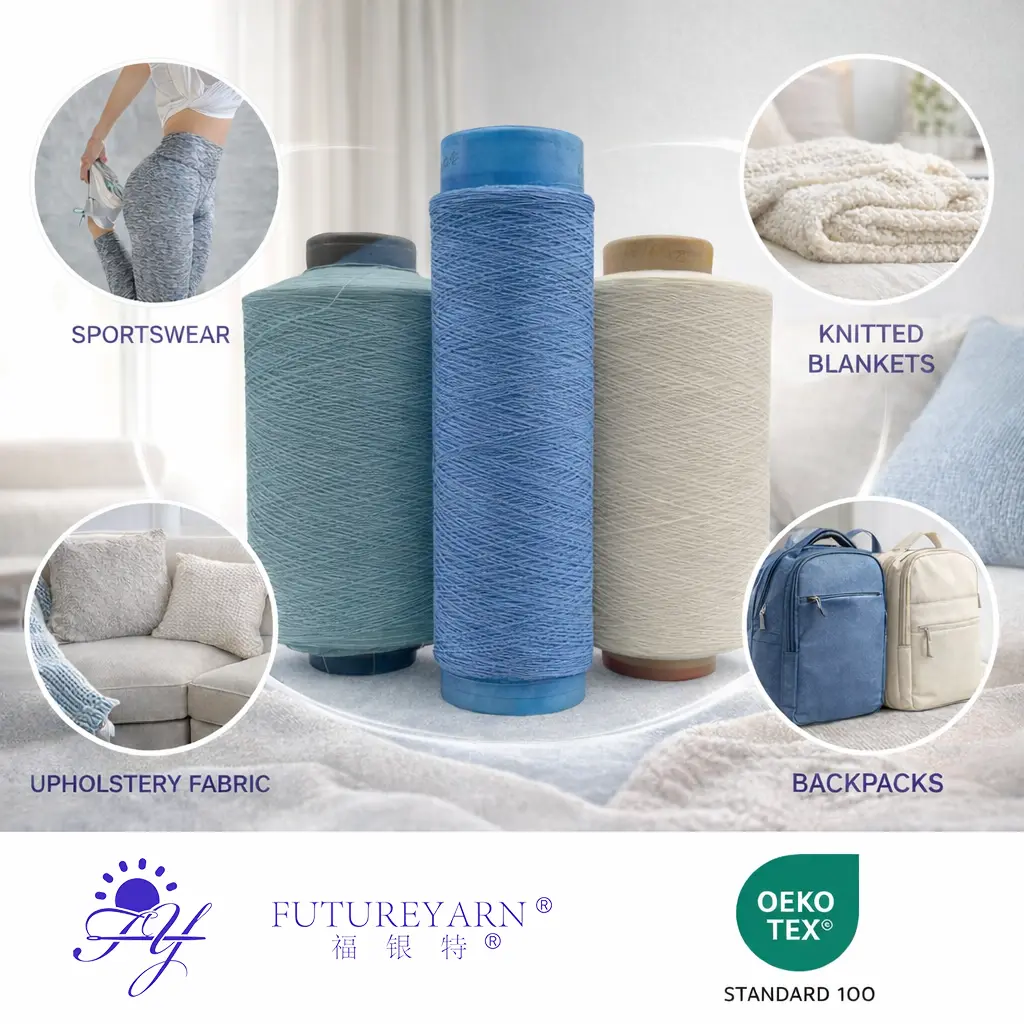As the temperatures rise, the quest for comfort becomes paramount, especially when it comes to clothing choices. Selecting the right shirt can significantly impact your overall experience during sweltering days. This article delves into the various types of shirts best suited for heat, considering factors such as fabric, fit, and functionality.
Understanding Fabric: The Foundation of Comfort
The fabric of a shirt plays a crucial role in how it performs in hot weather. Here are some of the most effective materials to consider:
- Cotton: Renowned for its breathability and softness, cotton is a classic choice for warm weather. It allows air to circulate, helping to wick moisture away from the skin. However, it can retain moisture, which may lead to discomfort if you sweat excessively.
- Linen: Linen is often hailed as the ultimate summer fabric. Its loose weave promotes airflow, making it exceptionally breathable. Additionally, linen has natural moisture-wicking properties, allowing sweat to evaporate quickly. The downside is that linen wrinkles easily, which may not appeal to everyone.
- Bamboo: An eco-friendly option, bamboo fabric is not only soft but also possesses natural antibacterial properties. It is highly breathable and moisture-wicking, making it ideal for hot and humid conditions. Bamboo shirts can also provide UV protection, adding an extra layer of defense against the sun.
- Synthetic Fabrics: Polyester and nylon blends are designed for performance. These materials are lightweight, quick-drying, and often feature moisture-wicking technology. They are ideal for active individuals who engage in outdoor activities. However, they may not be as breathable as natural fibers, so it's essential to choose high-quality options that prioritize ventilation.
The Importance of Fit: Freedom of Movement
The fit of a shirt can significantly influence your comfort level in the heat. Here are some considerations:
- Loose vs. Fitted: Loose-fitting shirts allow for better airflow around the body, which can help regulate temperature. Fitted shirts, while stylish, can trap heat and moisture against the skin. Opting for a slightly oversized fit can provide the best of both worlds—style and comfort.
- Sleeve Length: Short sleeves or sleeveless options are ideal for extreme heat, as they expose more skin to air circulation. However, consider the sun exposure; long sleeves made from lightweight, breathable fabrics can offer protection from harmful UV rays while still keeping you cool.
- Collar Style: A shirt with a collar can provide additional sun protection for the neck area. Look for styles that allow for easy rolling or folding of the collar to adapt to changing temperatures throughout the day.
Functional Features: Enhancing Performance
When selecting a shirt for hot weather, consider additional features that can enhance comfort and functionality:
- Moisture-Wicking Technology: Many modern shirts come equipped with moisture-wicking properties that draw sweat away from the skin, promoting evaporation and keeping you dry. Look for labels that highlight this feature, especially if you plan to engage in physical activities.
- Ventilation Panels: Some shirts are designed with mesh panels or vents that promote airflow. These features can be particularly beneficial for those who work outdoors or engage in strenuous activities.
- UPF Protection: Ultraviolet Protection Factor (UPF) is a rating that indicates how much UV radiation can penetrate the fabric. Shirts with UPF protection can help shield your skin from harmful rays, making them a smart choice for sunny days.
Conclusion: Making the Right Choice
Choosing the best shirt for hot weather involves a careful consideration of fabric, fit, and functional features. Cotton and linen remain popular choices for their breathability, while synthetic fabrics offer performance benefits for active lifestyles. Prioritizing a loose fit and considering additional features like moisture-wicking technology and UPF protection can further enhance your comfort in the heat.

